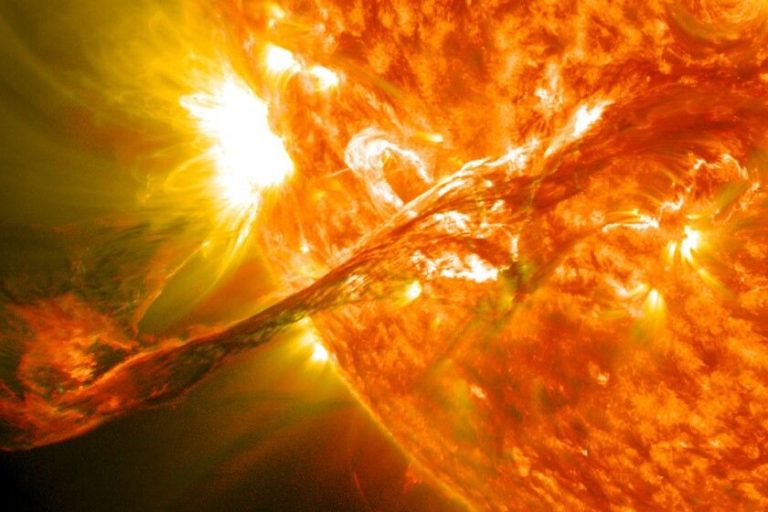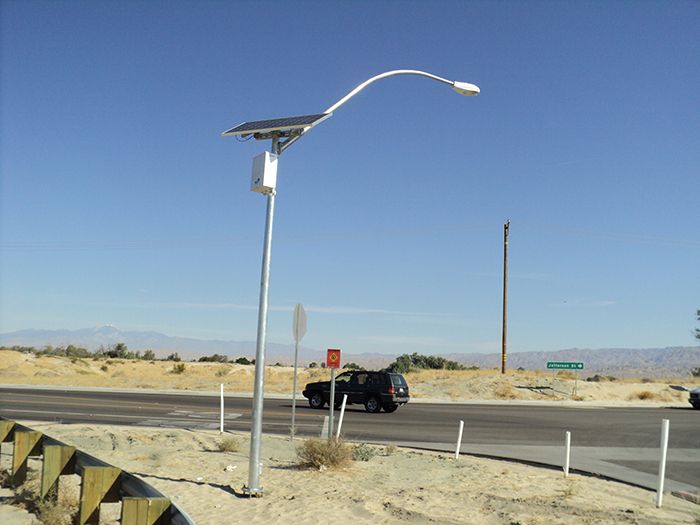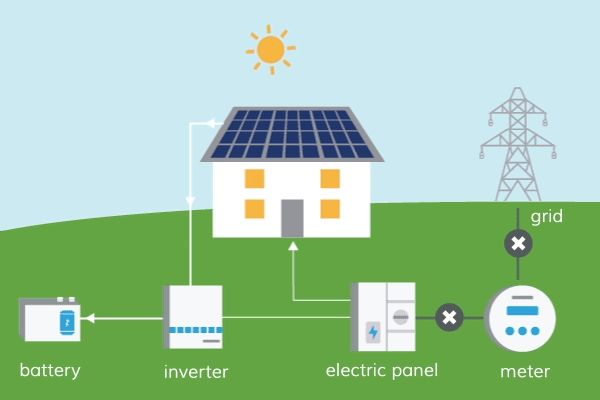What Is A Simple Example Of Radiant Energy?
Defining Radiant Energy
Radiant energy is electromagnetic energy that travels in transverse waves. It includes visible light, ultraviolet light, infrared energy, radio waves, X-rays, and gamma rays. Radiant energy travels at the speed of light. Unlike conduction or convection, radiant energy can travel through empty space where there is no matter present. Radiant energy is created when charged particles are accelerated or decelerated. It can be transferred between two bodies without heating the space in between. The sun is a major source of radiant energy that reaches the Earth. Radiant energy that gets absorbed increases the internal energy of the absorbing object.
Differences from Conduction and Convection
Radiant energy differs from conduction and convection in a key way – it does not require direct contact or a transport medium to transfer heat energy. Conduction is the transfer of heat between two objects in direct contact with each other, relying on molecular collisions to share kinetic energy. Convection involves the bulk movement of a fluid or gas to carry heat from one place to another.
In contrast, radiant energy can travel through empty space as electromagnetic waves without relying on direct particle collisions or a transport medium. This allows radiant heat to be transmitted over long distances through a vacuum. The sun’s warmth reaches Earth across millions of miles of empty space thanks to radiant energy transfer. This difference makes radiant energy unique and distinct from conductive or convective heat transfer.
Common Examples
Some of the most common examples of radiant energy that we encounter in everyday life include:
Sunlight
The light and warmth from the sun is a ubiquitous example of radiant energy. The sun produces energy through nuclear fusion reactions, releasing photons that travel the 150 million kilometers to Earth in around 8 minutes. This solar radiation delivers warmth and energy that sustains plant and animal life.
Heat from a fire or heater
Radiant heaters and open fires release infrared radiation that travels through the air, warming anything in its path without direct contact. Sitting around a campfire, you can feel the warmth from the fire’s thermal radiation.
Microwave radiation
Microwave ovens cook food using electromagnetic radiation in the microwave frequency range. The microwaves agitate water molecules in the food, generating internal heat through dielectric heating. This radiant energy quickly heats up the food without direct contact.
Applications and Uses
Radiant energy has many practical applications in everyday life. Some of the most common uses are in heating, cooking, remote controls, and communication devices:
Heating and cooking

The heat that comes from stovetops, grills, space heaters and other appliances is transmitted by radiation. The sun’s radiant energy also warms the Earth. Greenhouses trap radiant heat to keep the air inside warm enough to grow plants.
Remote controls
Remote controls for TVs, garage doors, toys and other devices transmit signals using infrared radiation. The LED on the remote converts the electrical signal into modulated infrared radiation that can be detected by the device.
Communication devices
Cell phones, radio, television, and wireless internet all rely on electromagnetic radiation to wirelessly transmit information. The signals are encoded onto radio waves or light waves and radiate through space to the receiving device.
Advantages of Radiant Energy
There are some notable advantages of radiant energy over other forms of energy transfer. Some of the key advantages include:
Radiant energy can transport energy long distances without loss. Unlike conduction or convection, which require some form of matter to transfer energy, radiant energy can move through complete vacuum over long distances. This makes it useful for applications like transmitting energy from the sun to the Earth.
Radiant energy travels at very high speeds. It travels at the speed of light, which is about 300,000,000 meters per second. This enables almost instantaneous transmission of energy over long distances.
Radiant energy can penetrate some materials. While some materials like metals reflect or absorb radiant energy, other materials like glass allow radiant energy to pass through. This makes radiant energy useful for applications like heating food inside an oven or greenhouse.
Disadvantages of Radiant Energy
While radiant energy has many useful applications, it also has some drawbacks to consider:
Radiant energy can be blocked by opaque objects. Since radiant energy travels in straight lines, any solid object in its path will absorb the radiation or reflect it away. This is why we can find shade under a tree on a sunny day. The tree blocks the radiant energy from the sun. This property can limit how radiant energy is used in some contexts.
Overexposure to certain types of radiant energy can pose health risks. For example, overexposure to UV radiation from the sun can lead to sunburn, skin cancer, and eye damage. Too much exposure to other types of radiation like x-rays and gamma rays can also damage cells and DNA, potentially leading to cancer and other issues. It’s important to take proper safety precautions when working with radiant energy sources.
Measuring Radiant Energy
Radiant energy is typically measured in units of joules or watts. Specialized instruments called spectrophotometers are used to measure radiant energy across different wavelengths.
Spectrophotometers work by measuring the intensity of light at specific wavelengths. As light passes through the spectrophotometer, it is diffracted into a spectrum of different wavelengths. Sensors within the device can then detect the intensity of light at each wavelength.
By scanning across a range of wavelengths, a full spectrum can be plotted, allowing the radiant energy or power at each wavelength to be quantified. This spectral data is used to characterize and measure the radiant energy emitted by different sources.
Other detectors such as thermopiles and photodiodes may also be used to measure radiant energy. These detectors convert the radiant energy into electrical signals or temperature changes which can then be correlated to radiant energy levels.
Measuring instruments need to be selected and calibrated appropriately based on the wavelength range and intensity of the radiation source being characterized. Proper measuring of radiant energy allows this energy transfer method to be studied and utilized in many applications.
Radiant Energy Transfer
Radiant energy can be transferred between objects and surfaces in three main ways:
Absorption
Absorption refers to when radiant energy is absorbed by matter. For example, when sunlight hits a black road, most of the radiant light energy gets absorbed and converted to heat. Darker colored objects tend to absorb more radiant energy.
Reflection
Reflection occurs when radiant energy bounces off a surface. For instance, when sunlight hits a white wall or a mirror, much of the light gets reflected rather than absorbed. Lighter and shinier surfaces tend to reflect more radiant energy.
Transmission
Transmission is when radiant energy passes through matter. For example, sunlight can transmit through glass windows. Materials like glass allow a portion of radiant energy to pass through rather than be absorbed or reflected.
Understanding the absorption, reflection and transmission of radiant energy is important across many fields like engineering, architecture, and climate science.
Radiant Energy and Temperature
One important factor to understand about radiant energy is how it interacts with different objects depending on their color. Dark colored objects tend to absorb more radiant energy from sources like the Sun, while lighter colored objects tend to reflect radiant energy.
This effect can be easily observed on a sunny day – dark colored cars or clothing left in the sun will heat up more quickly. The dark color absorbs a greater percentage of the radiant energy from the Sun, converting it to thermal energy and thus raising the temperature.
In contrast, light colored objects like white cars or clothing will stay cooler in the sunlight. The light color reflects a greater percentage of the radiant energy, allowing less to be absorbed and converted to thermal energy. This causes less heating of the object.
This concept is important for many applications of radiant energy. Understanding that color impacts absorption allows materials and surfaces to be engineered to either maximize or minimize heating from radiant energy sources.
Importance to Earth
Radiant energy from the sun is arguably the most important source of energy for life on Earth. The sun constantly emits electromagnetic radiation across a broad spectrum of wavelengths, including visible light. This solar radiant energy travels the 150 million kilometers from the sun to Earth and powers nearly every natural process on our planet.
The radiant energy from the sun provides the light and warmth that is crucial for Earth’s ecosystems. Photosynthesis in plants relies on absorbing radiant energy from sunlight to convert carbon dioxide and water into oxygen and energy-rich glucose. This process forms the base of the food chain for almost all life on Earth. The sun’s radiant energy also drives weather patterns by heating Earth’s surface and atmosphere unevenly, creating temperature gradients that produce winds.
Solar radiant energy is the ultimate source for fossil fuels like oil and coal as well. These fuels were created over millions of years from ancient plant and animal matter that originally obtained its energy from the sun. Radiant solar energy also provides heat that powers ocean and atmospheric circulation, creating climate zones that determine Earth’s major biomes. It’s clear the sun’s constant output of radiant energy profoundly shapes ecology, biology, and the planetary environment.







